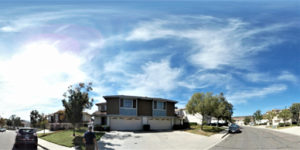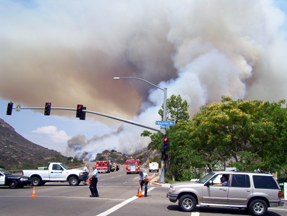New report – 10 worst states to live in
Personal finance site WalletHub has just released its rankings of the best (and worst) states to live in, assessing all 50 states on a variety of critical aspects, including affordability (determined by median home prices, household incomes, property taxes, and other factors), education (quality of public schools, graduation rates), safety (violent crime and traffic fatalities), and overall quality of life (which touches on commuting times, number of bike trails, public transportation access, and more).
10 worst states to live in
It looks like the Land of Enchantment, ranks dead last in terms of safety, 48th economically, and 47th in all things education and health. Here’s the full list of the least livable states:
- New Mexico
- Alaska
- Louisiana
- Mississippi
- South Carolina
- Arkansas
- Nevada
- Oklahoma
- Hawaii
- Alabama
A few of these lowest-ranking states have tough issues to deal with, including high percentages of their population living in poverty, lowest levels of income growth, and lowest percentage of residents with health insurance.
From Wikipedia, the free encyclopedia:
The United States Census Bureau estimates that the population of New Mexico was 2,096,829 on July 1, 2019, a 1.83% increase since the 2010 census. The 2000 census recorded the population of New Mexico to be 1,819,046; ten years later it was 2,059,179—an 11.7% increase.
Of the people residing in New Mexico 51.4% were born there; 37.9% were born in another state; 1.1% were born in Puerto Rico, U.S. Island areas, or abroad to American parent(s); and 9.7% were foreign born.
As of May 1, 2010, 7.5% of New Mexico’s population was reported as under 5 years of age, 25% under 18, and 13% were 65 or older.
As of 2000, 8% of the residents of the state were foreign-born.
Among U.S. states, New Mexico has the highest percentage of Hispanic ancestry, at 47% (as of July 1, 2012). This classification covers people of very different cultures and histories, including descendants of Spanish colonists with deep roots in the region, and recent immigrants from a variety of nations in Latin America, each with their own cultures.
According to the United States Census Bureau Model-based Small Area Income and Poverty Estimates, the number of persons in poverty has increased to 400,779 (19.8% of the population) persons in 2010 from 2000. At that time, the estimated number of persons in poverty was recorded at 309,193 (17.3% of the population). The latest available data for 2014 estimate the number of persons in poverty at 420,388 (20.6% of the population).
*******************
www.brokerforyou.com *** This 21 year old San Diego real estate website is for sale! Also, aged real estate sites in many California cities are for sale.
Over 20,000 unique visits in April 2021
++++++++++++++++++++++++++
Visit our Youtube San Diego real estate channel







